Today I received a Facebook message from my friend Austin, who paid me the best compliment: “You’ve inspired me to move abroad.”
He’s heading to Costa Rica, with plans of running an online business, while learning Spanish, hitting some waves, and hopefully meeting a girl. In his words, he’s searching for “pura vida,” or “pure life.”
His message reminded me of something I wrote myself eight years ago, just before moving to South Korea. I was full of excitement and optimism and would spend hours scrolling though images of temples, reading about weekend trips from Seoul, and daydreaming about what my life would be like. I emailed everyone I knew who had spent time abroad to hear their stories.
But Austin included something in his note that I wish I had: he asked for advice, for insight. I thought about what I was going to say for awhile, and figured I’d share my reply with all of you. So, here goes:
1. You will go through various stages of culture shock.
![]()
It doesn’t necessarily matter if you’ve been to your new home before, or even if the culture isn’t that different from what you’re used to. Generally, during the first few weeks or even months, you’ll be in the “honeymoon phase.” Everything’s new, exciting, you’re meeting new people, eating new food, and thrilled about your decision to move.
Then, at some point, you’ll come down from the initial high and become frustrated. Maybe it’s the language barrier, the traffic. Maybe the health care procedures are different. The smallest thing can get under your skin and make you question your decision to move abroad.
After this, comes the adjustment stage, where hopefully things start getting easier. You accept that things aren’t as easy, or that you won’t be able to eat your favorite cereal anymore. You’ll make an effort to learn the language.
Finally, you reach acceptance. For some people, they can reach the final stage after a few months; others, a year or more. It’s important to be patient with yourself and understand that everyone goes through it.
2. Things will inevitably be different than you thought they’d be.
When I moved to Colombia, I envisioned myself dancing salsa every night of the week. I would wear a red, floral skirt that twirled beautifully when I danced, and my partner would be a tall, brooding man with slicked-back hair.
The truth is, the schools start at 7am because of the traffic (or hot weather in other parts of the country), so I was too tired to go out during the week. Most of the men I met were my height or shorter, and the cold Bogota nights rarely allowed for flimsy skirts. I mostly wore jeans. This is not to say that I didn’t have a great time in Colombia, because I did. But because of my expectations, it took me awhile to reach the acceptance phase.
3. You’ll make new friends fast, and they’ll quickly become family.
![]() When you’re an expat, you automatically have something in common with all the other expats: you’re all living away from home, away from family. Because of this, you’ll bond with these people quicker than you thought possible. I’ve held a friend’s hand at the hospital before surgery, only one month after meeting her. I was her emergency contact and didn’t think twice about it. I’ve shared Thanksgiving and Christmas dinners with people I’d met a few days before the holidays, and attended marriage ceremonies for friends who had met earlier that same year. Things move quickly and differently than they do back home, and it’s wonderful.
When you’re an expat, you automatically have something in common with all the other expats: you’re all living away from home, away from family. Because of this, you’ll bond with these people quicker than you thought possible. I’ve held a friend’s hand at the hospital before surgery, only one month after meeting her. I was her emergency contact and didn’t think twice about it. I’ve shared Thanksgiving and Christmas dinners with people I’d met a few days before the holidays, and attended marriage ceremonies for friends who had met earlier that same year. Things move quickly and differently than they do back home, and it’s wonderful.
4. The friends you made will leave, and new friends will take their place. It’s a constant cycle.
The same friends who’ll become family one year are likely to leave the next–or at least in a few years’ time. This, unfortunately, is an expat’s reality. We are nomads by nature. We get new opportunities and leap without thinking. But, we’re also great at keeping in touch, and picking right back up where we left off, years later, over cold beers at a reggae bar in Bali.
5. You will change.
![]()
This is an undeniable truth. Travel changes you. You will see things that will change the way you think, you will learn new languages and new customs that will expand your mind. You will learn patience and adaptability. Don’t fight it.
6. When you go back home to visit, it will feel different.
There’s something called “reverse culture shock” and it’s real. When I moved back to Florida after two years in Asia, I had a really hard time adjusting. I felt like no one wanted to hear my stories–that I talked too much about my travels. I didn’t feel challenged. I missed the new friends I had made, and felt like my old friends didn’t have as much in common with me as I previously thought. It took a few months (the same as regular culture shock), but I adjusted. And now, when I go home to visit, I treasure the time spent with my childhood friends–catching up on stories and meeting their expanding families. Change is the one constant. Accept it and you’ll find happiness.
7. You’ll miss important things back home.
This is something I still struggle with. One of my best friends is getting married in the spring–two weeks before I have a break. I spent so much time looking at flights, figuring out how to ask that time off from work, factoring in jet lag and travel time, and finally came to the conclusion that I couldn’t make it work. My friend understands, of course, but it’s disappointing. And when her pictures come out on Facebook, I’ll probably cry. This is just part of life.
8. You’ll experience things you never thought you would.![]()
I’ve camped on the Great Wall of China, hiked a glacier in Patagonia, dove the Great Barrier Reef, learned how to dance Tango in Buenos Aires. I’ve studied Mandarin Chinese and spent two days of silence in a temple. I married an Australian man whom I met in Shanghai. These are things that would never have happened if I hadn’t moved abroad. These are things I made happen by taking that leap.
9. At some point you will question why you did this.
One day, when you’re homesick, you’ll be scrolling on Facebook or Instagram. You’ll see pictures of your friends’ babies and how fast they’re growing. You’ll see pictures of weddings, of graduations and holiday parties. You’ll question why you’re not having babies yourself and why you decided to marry someone from other side of the world, making a wedding impossible. You’ll become depressed and convince yourself that all of your friends have moved on and no longer want anything to do with you.
The next day, you’ll find an invite to a “family dinner” from your new friends on Whatsapp. You’ll scroll through the recent pictures on your phone and see a picture of you all smiling on the beach, an image of you waving from atop a mountain. You’ll remember that you are, indeed, happy, and that your friends back home still love you. Everyone has their own definition of happiness.
10. It’s not a vacation (all the time). Find a balance between work, travel and play.![]()
As an international teacher, I admit that I have a lot of vacation time. And now that I’m in Europe, I’ve spent a couple long weekends in Rome and Budapest. Life is good, and travel opportunities abound. But this is only part of my reality. I work really, really hard, and I make an effort to maintain my friendships.
Sometimes it’s easy, especially at the beginning, to be blinded by the excitement of the move. Reality sets in and you may not spend as much time as you want at the beach, or maybe you don’t love your job. All the same problems from home can, and will, follow you at some point. This is just life.
But most of the time, after you settle into life as an expat, it’s exactly what my friend Austin is looking for: Pura Vida.
The post Insights on Living Abroad appeared first on Adventurous Appetite.
 There’s something about the word Mandalay that made me want to go to the city before I knew anything about it. Man-da-lay. The sound of it, the way it rolls off the tongue. I pictured a lazy river town, blanketed in rolling fog, with men steering Burmese-style gondolas against the background of mossy-green mountains. A painting come to life. But like most places I romanticize, Mandalay was far from what I imagined.The city was sprawling, dusty and noisy. The humidity was thick and the air hot. Rain water pooled in the pot holes littering the roads.
There’s something about the word Mandalay that made me want to go to the city before I knew anything about it. Man-da-lay. The sound of it, the way it rolls off the tongue. I pictured a lazy river town, blanketed in rolling fog, with men steering Burmese-style gondolas against the background of mossy-green mountains. A painting come to life. But like most places I romanticize, Mandalay was far from what I imagined.The city was sprawling, dusty and noisy. The humidity was thick and the air hot. Rain water pooled in the pot holes littering the roads.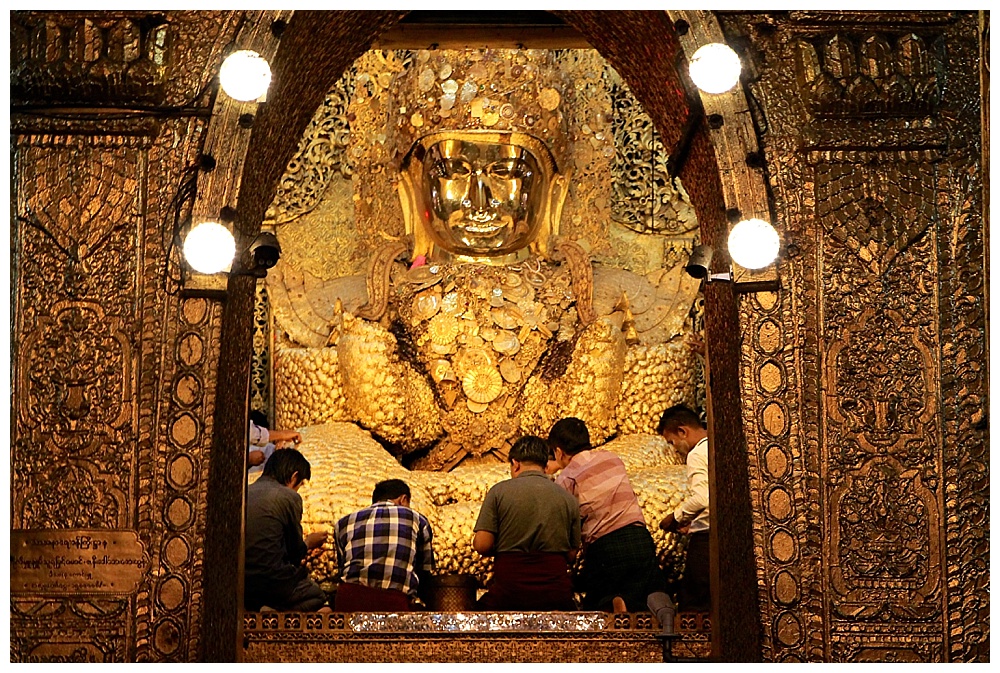
 After visiting all of the temples and buddha statues in Bagan, I really had no desire to see another one. However, I’m glad the driver talked me into it. Every day, religious devotees gather around the giant figure to paste gold leaf on its body. In fact, over the years the statue has grown six inches in thickness because of it.
After visiting all of the temples and buddha statues in Bagan, I really had no desire to see another one. However, I’m glad the driver talked me into it. Every day, religious devotees gather around the giant figure to paste gold leaf on its body. In fact, over the years the statue has grown six inches in thickness because of it.
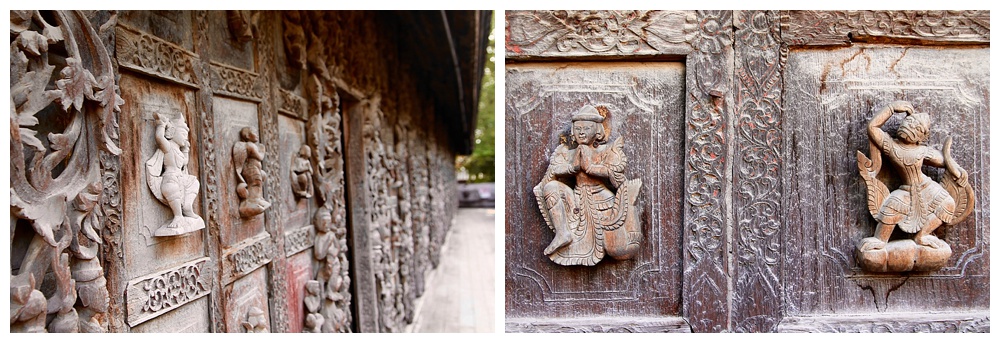 Also known as the Golden Monastery, this building is famous for its teak carvings of Buddhist myths. Adorning the walls, doors and roof, these miniature works of art make it possible to imagine what the Royal Palace once looked like, since it’s the last wooden structure left after the fire during World War II.
Also known as the Golden Monastery, this building is famous for its teak carvings of Buddhist myths. Adorning the walls, doors and roof, these miniature works of art make it possible to imagine what the Royal Palace once looked like, since it’s the last wooden structure left after the fire during World War II.
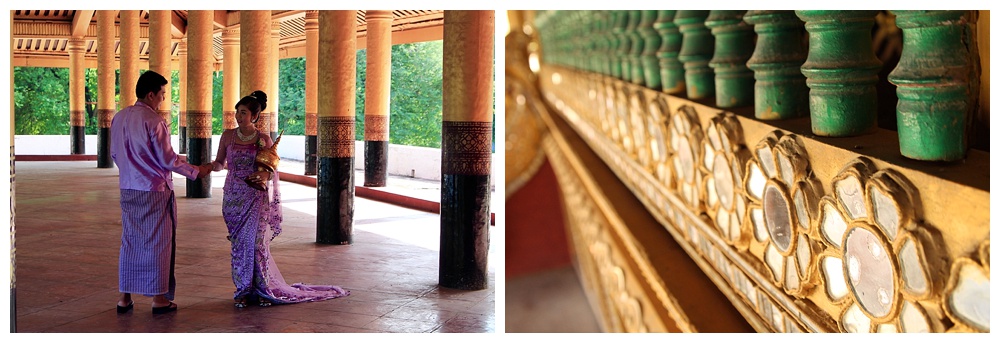
 Even though most of the palace was rebuilt in the 1990s, walking through the complex is still worthwhile. The now concrete buildings were modeled after the original palace, constructed in 1857 by King Mindon Min, and was destroyed by Allied bombing during the second world war. Make sure to climb the stairs of the watch tower to view Mandalay Hill.
Even though most of the palace was rebuilt in the 1990s, walking through the complex is still worthwhile. The now concrete buildings were modeled after the original palace, constructed in 1857 by King Mindon Min, and was destroyed by Allied bombing during the second world war. Make sure to climb the stairs of the watch tower to view Mandalay Hill.
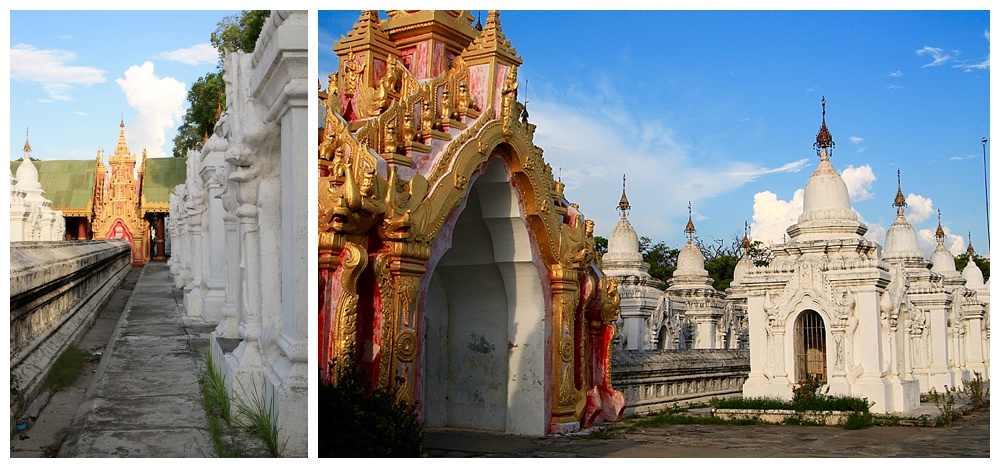 When I heard the driver was taking me to “The World’s Largest Book” I assumed it would be something like Burma’s take on America’s roadside entertainment (“Biggest Ball of Yarn, Exit 7!), but I was wrong. It was much better than that. Built by King Mindon, 729 marble slabs stand at the bottom of Mandalay Hill, inscribed with Buddhist teachings. The project took about eight years to complete and is definitely worth seeing.
When I heard the driver was taking me to “The World’s Largest Book” I assumed it would be something like Burma’s take on America’s roadside entertainment (“Biggest Ball of Yarn, Exit 7!), but I was wrong. It was much better than that. Built by King Mindon, 729 marble slabs stand at the bottom of Mandalay Hill, inscribed with Buddhist teachings. The project took about eight years to complete and is definitely worth seeing.
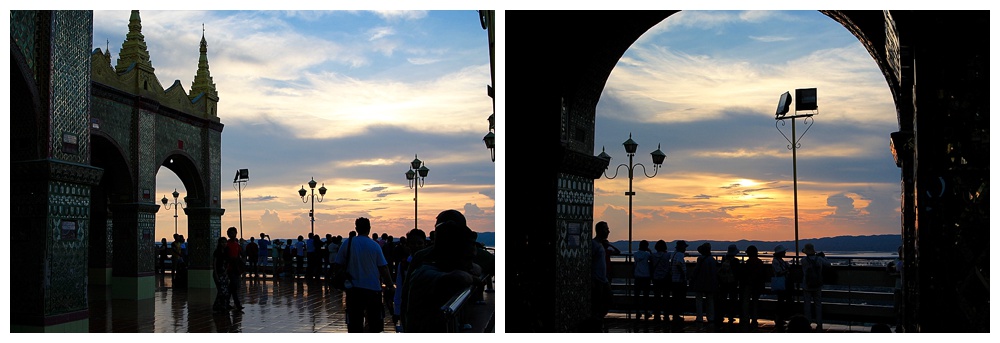
 If you ask anyone about the one thing you should see while in the city, they will most likely say Mandalay Hill. With views of Mandalay and the Irrawaddy River, it’s the perfect place to watch the sun go down. It’s also a good chance to interact with locals, as many monks and students wait at the top for the chance to practice their English skills.
If you ask anyone about the one thing you should see while in the city, they will most likely say Mandalay Hill. With views of Mandalay and the Irrawaddy River, it’s the perfect place to watch the sun go down. It’s also a good chance to interact with locals, as many monks and students wait at the top for the chance to practice their English skills.







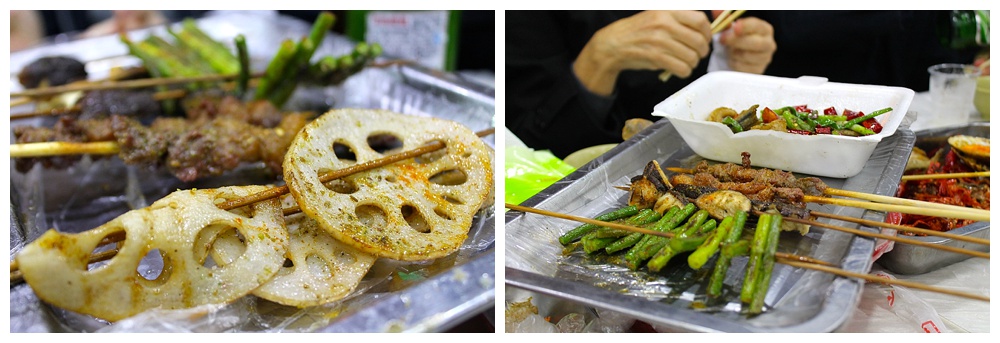
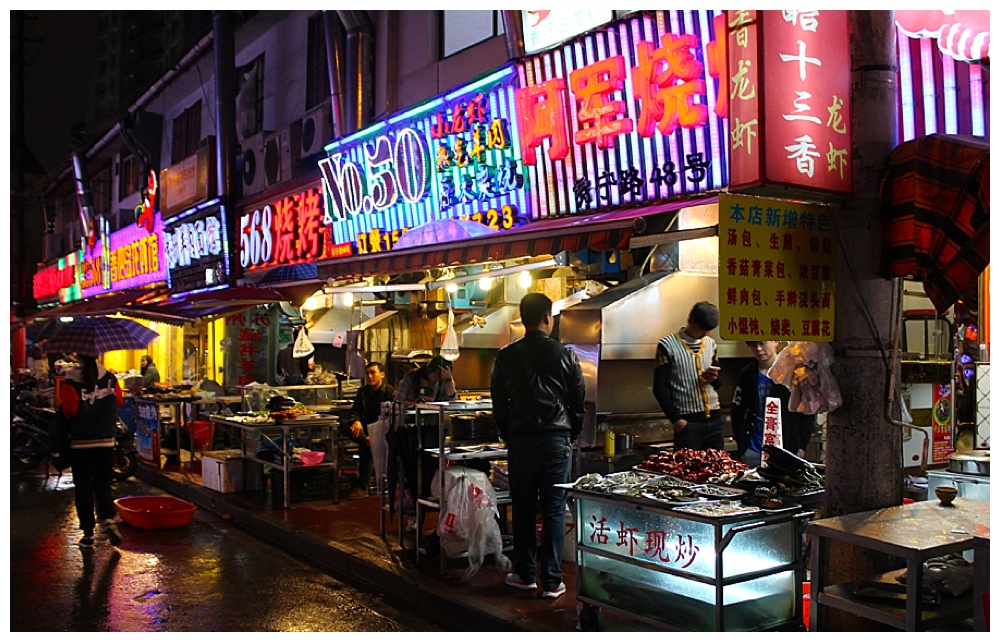
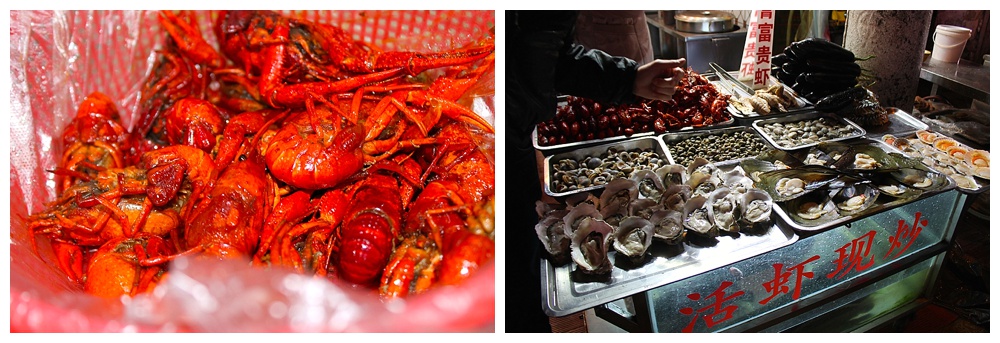




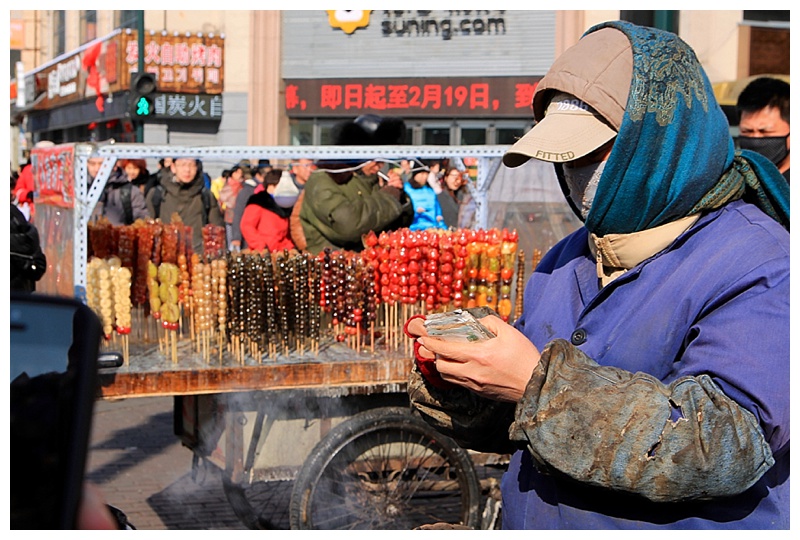
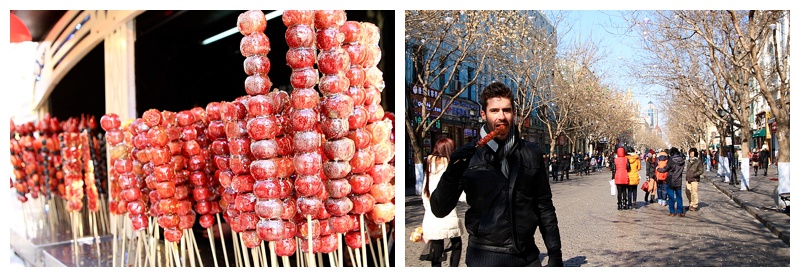


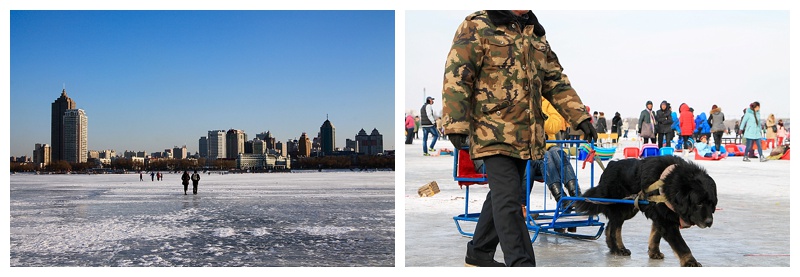




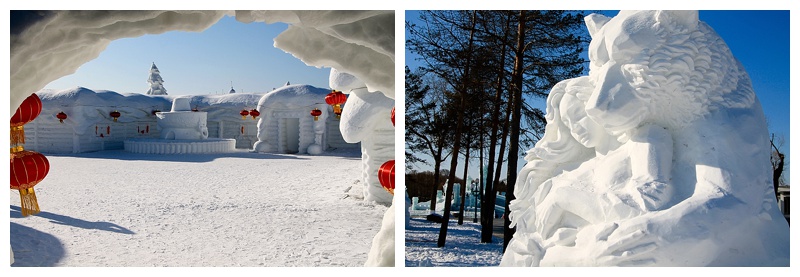


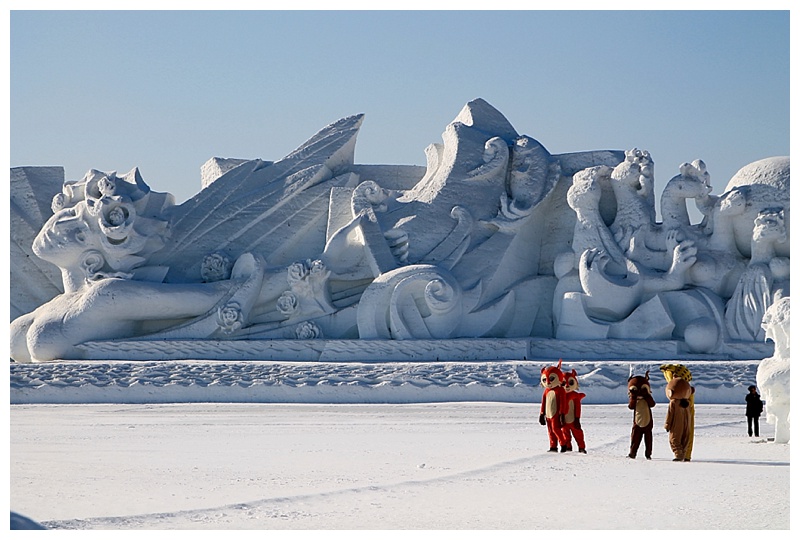
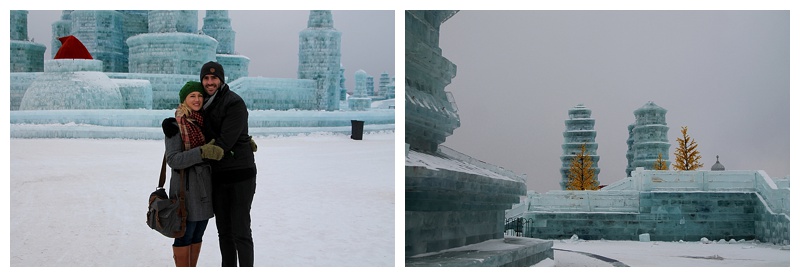

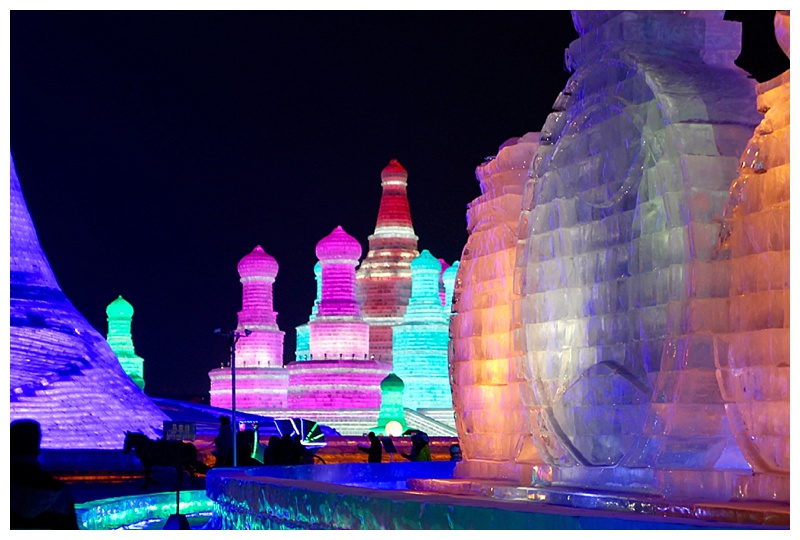
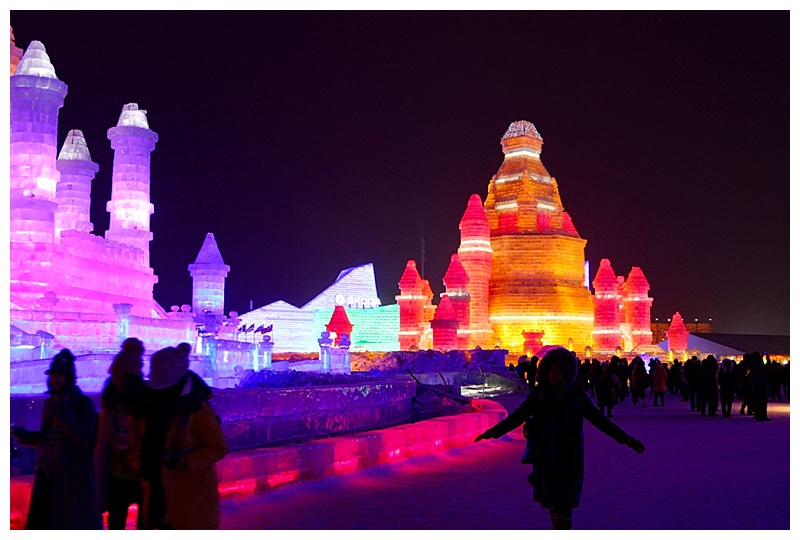
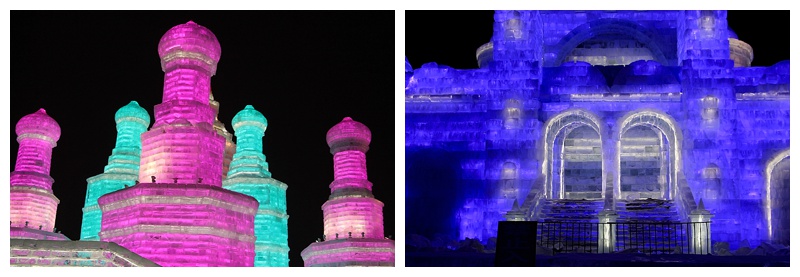
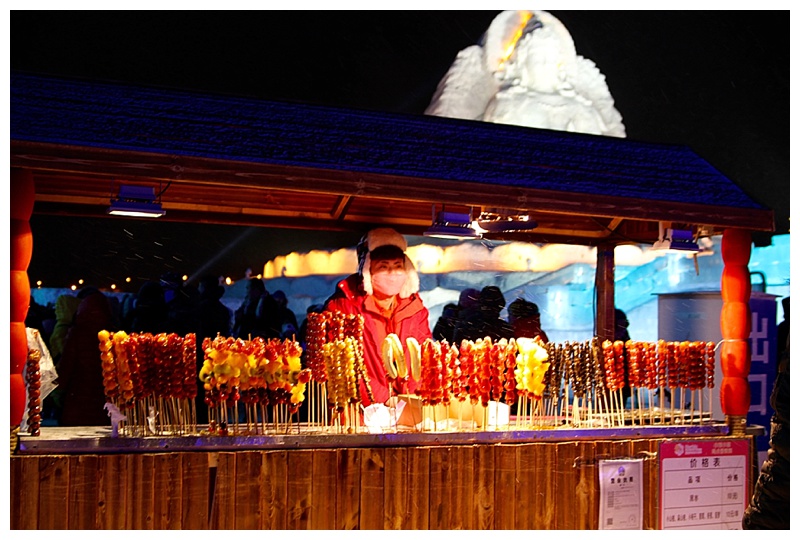

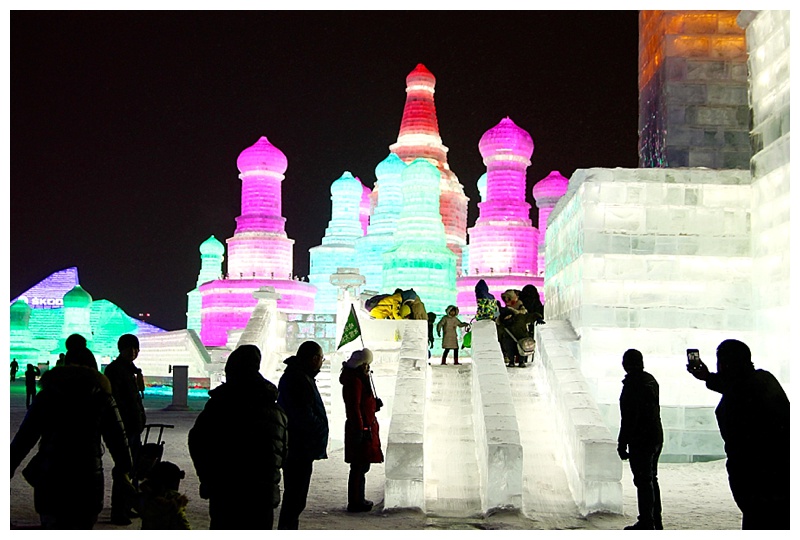
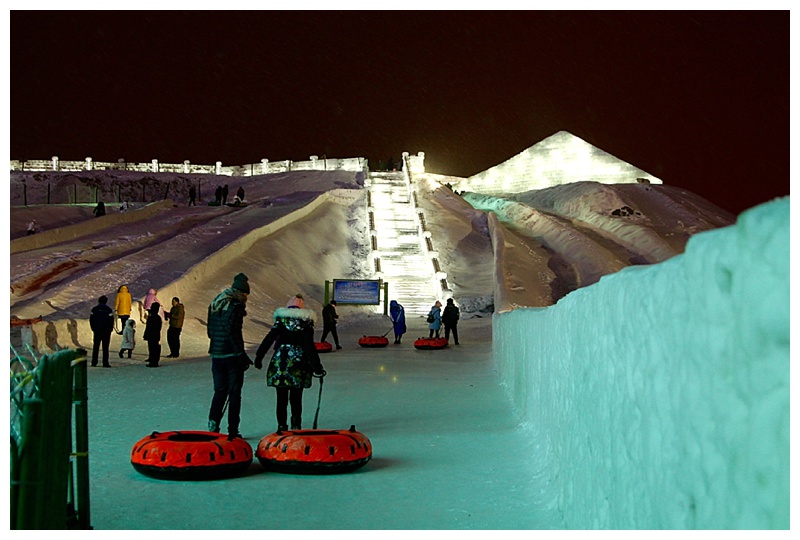
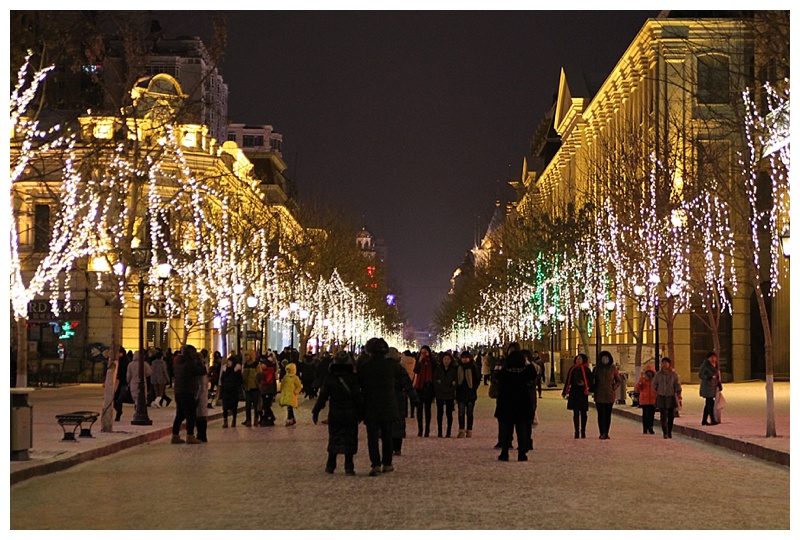
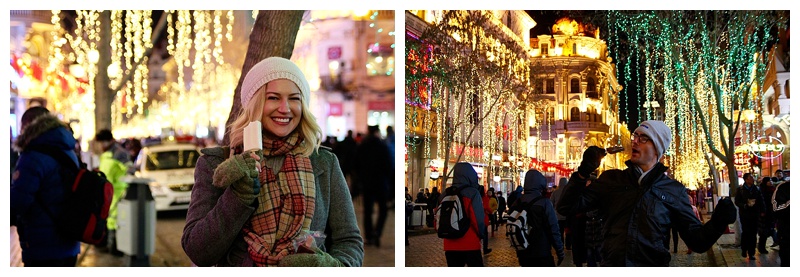
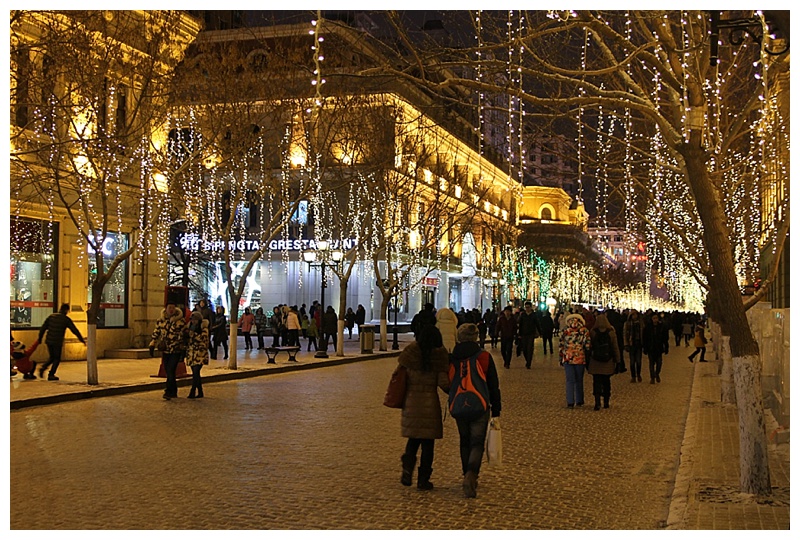
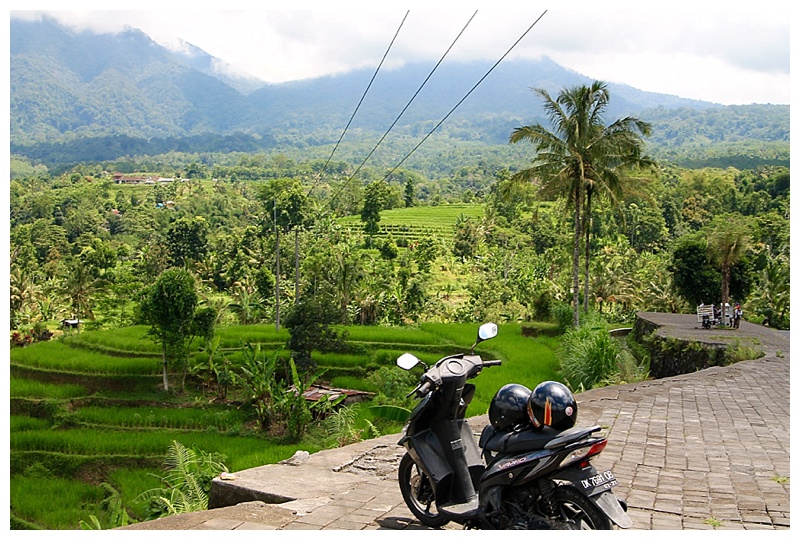

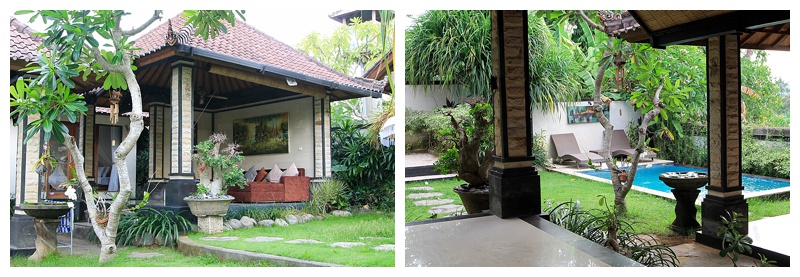


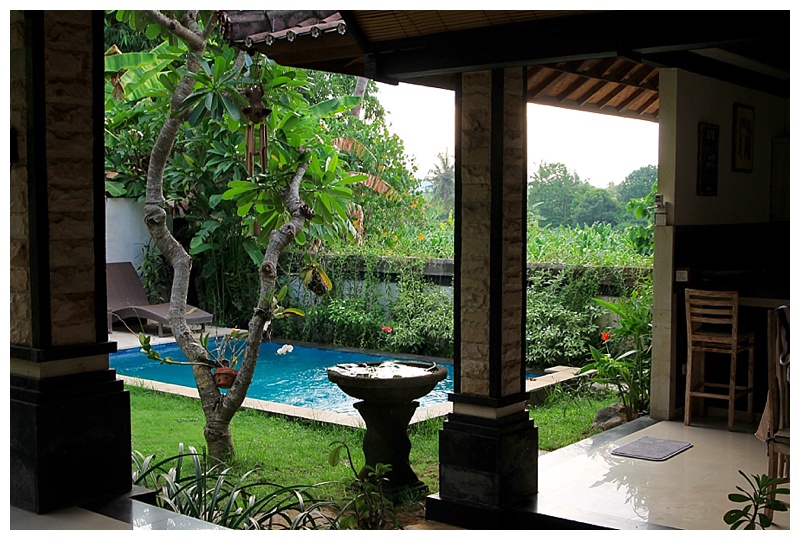

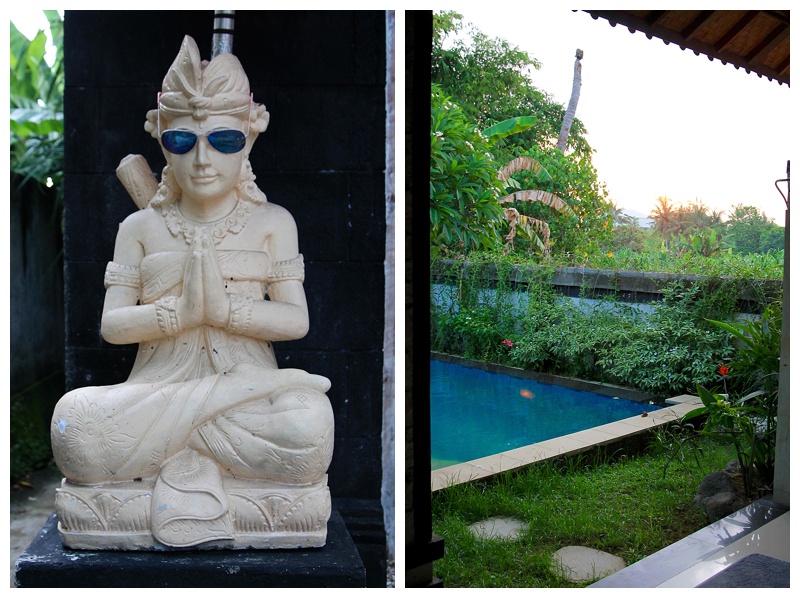

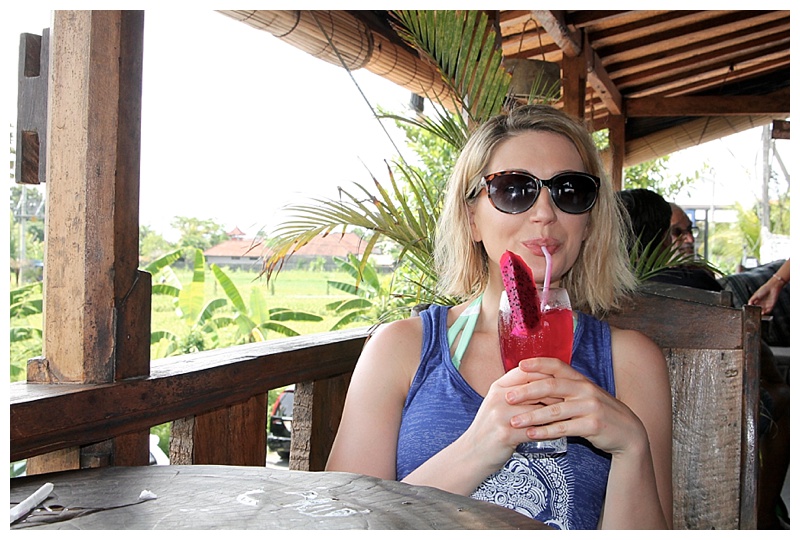

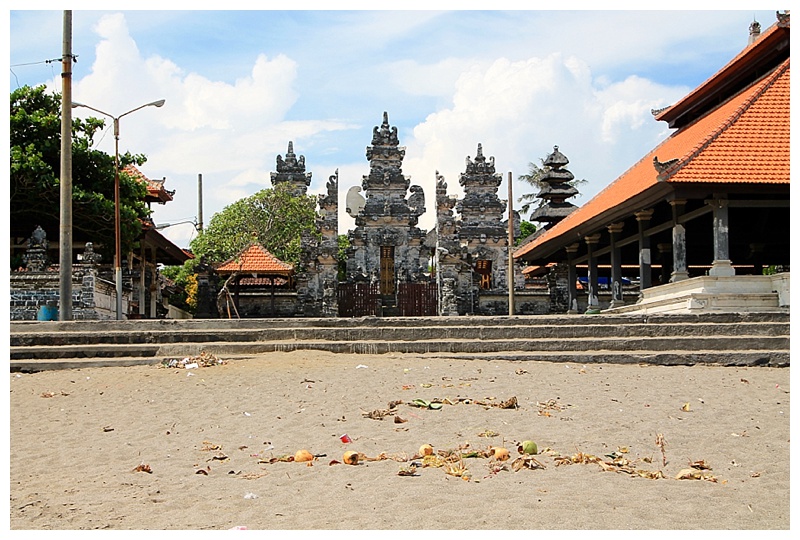

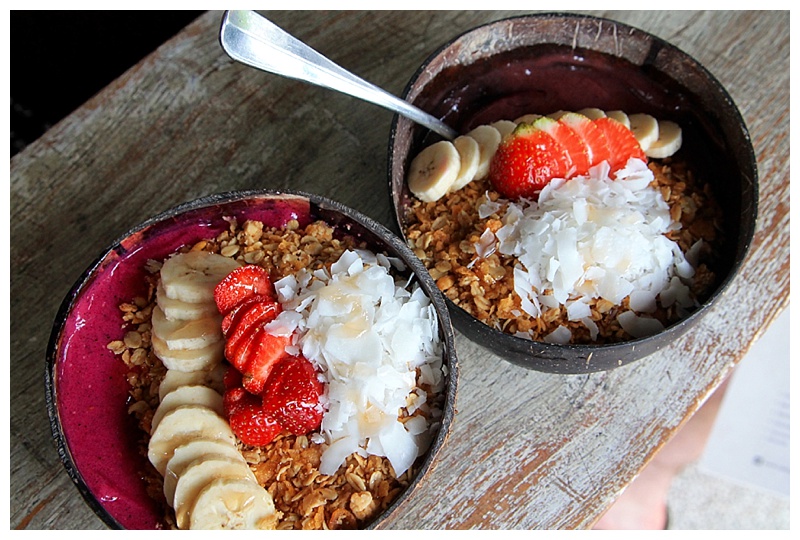



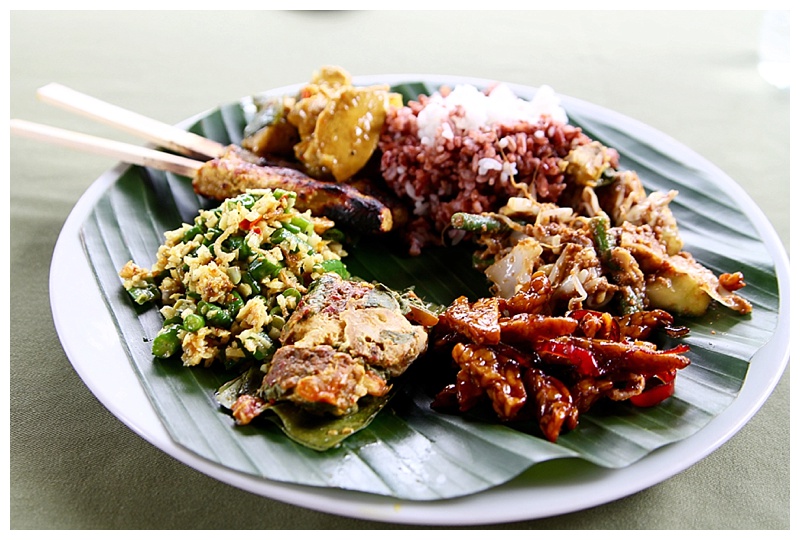
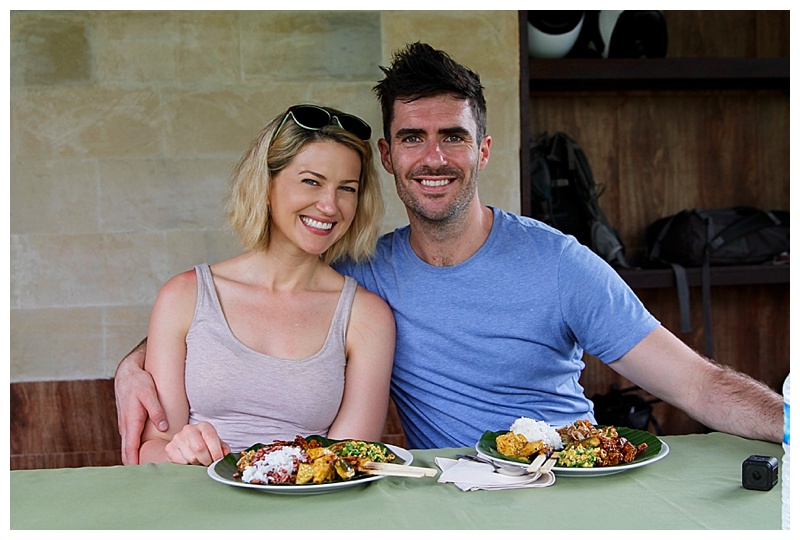
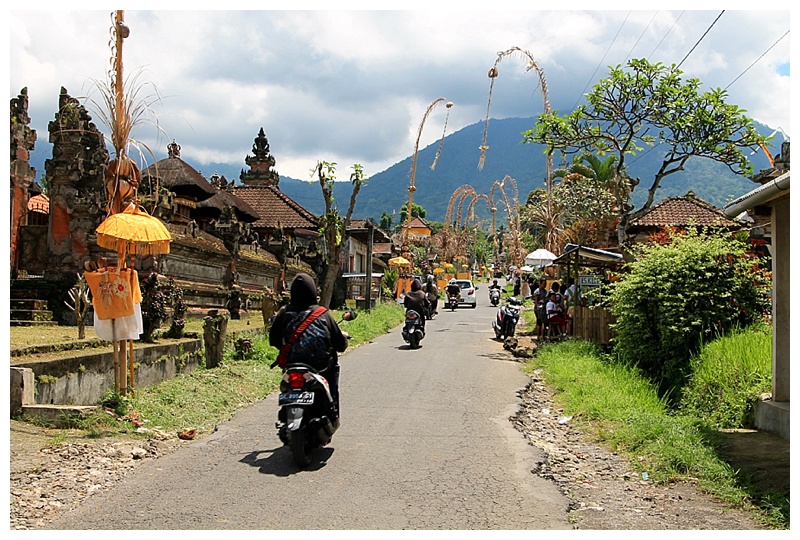
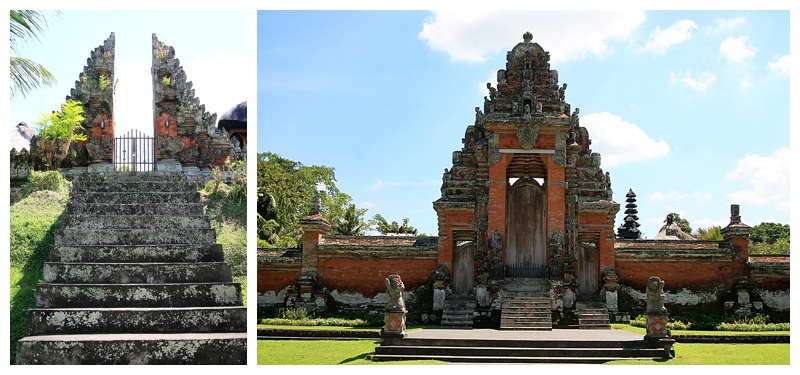
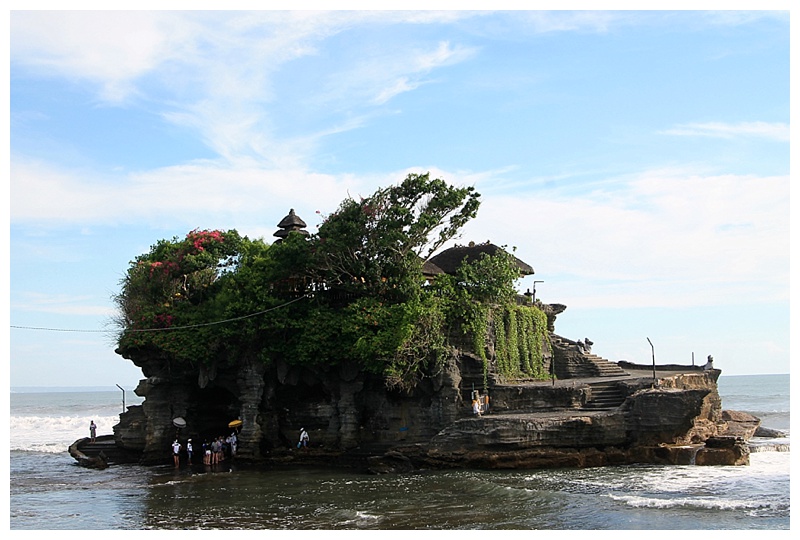



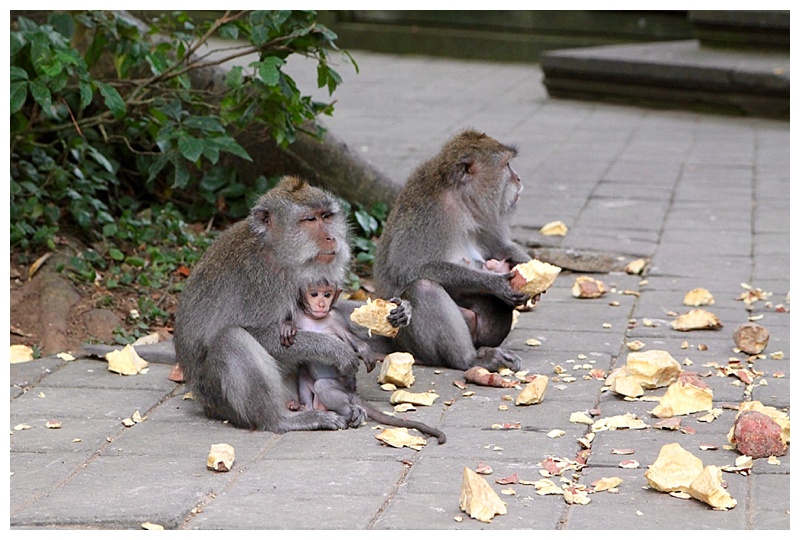

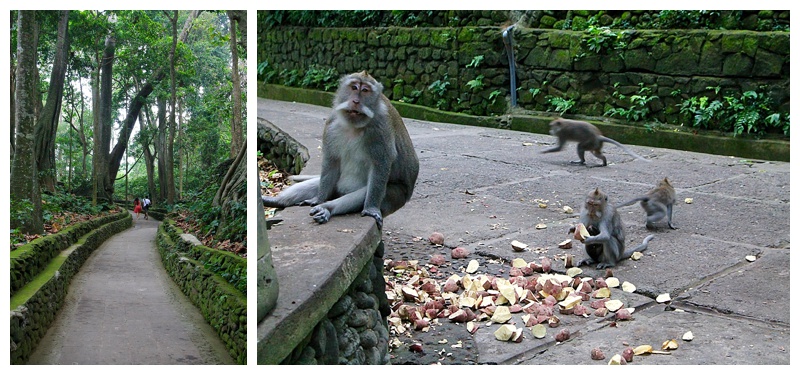
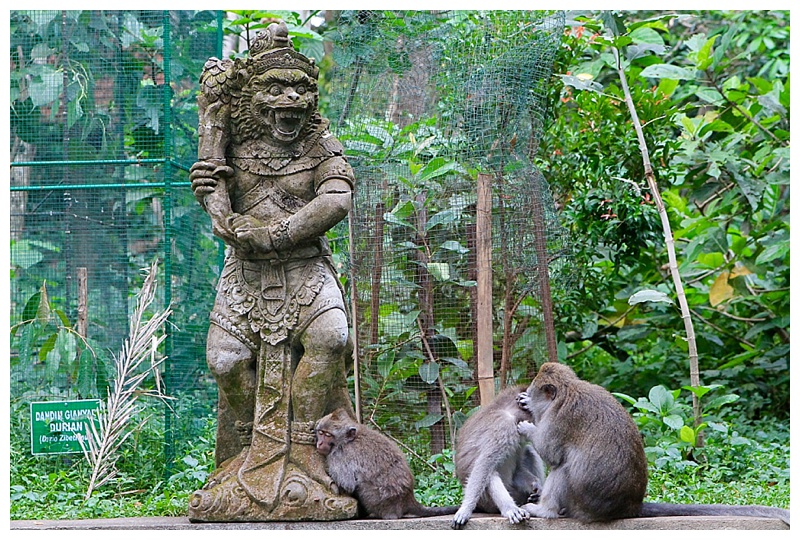
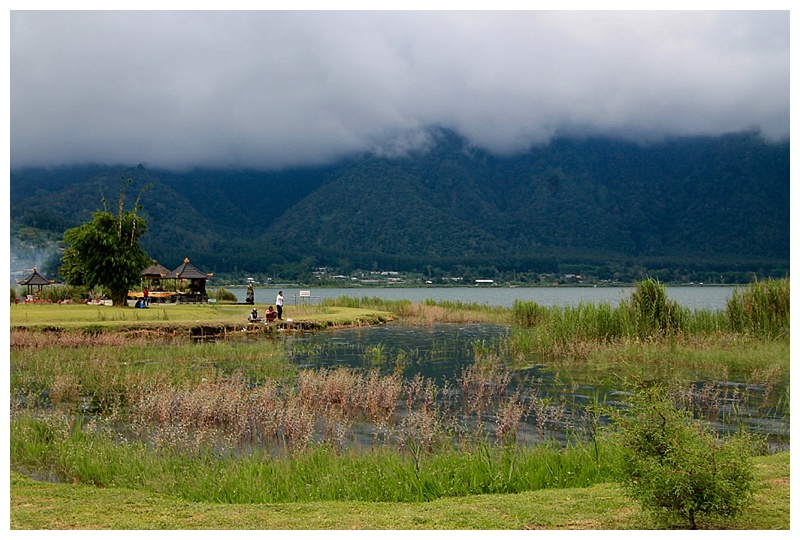
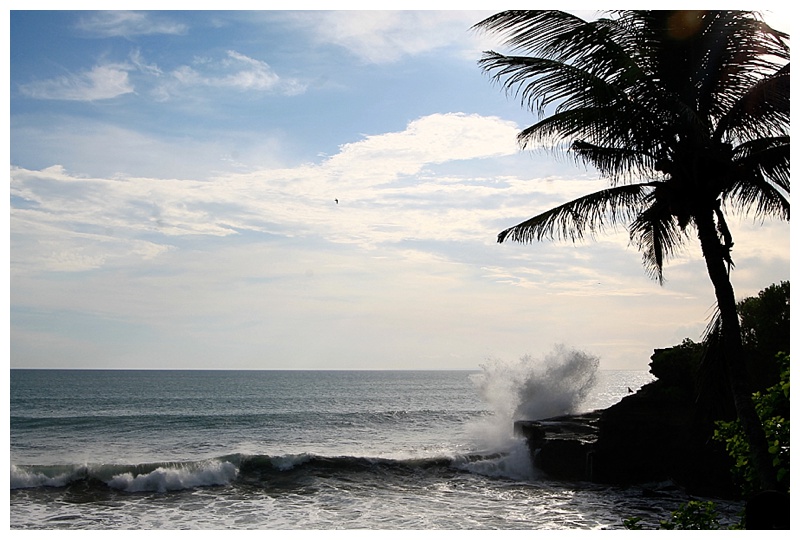
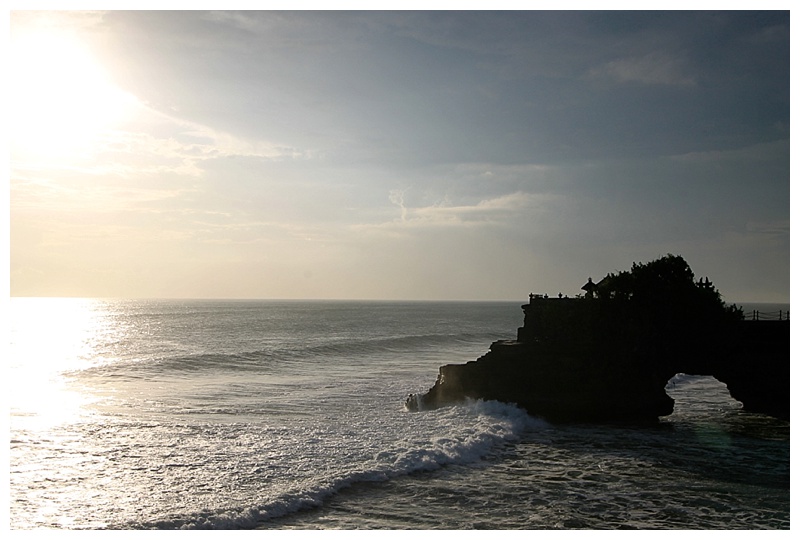

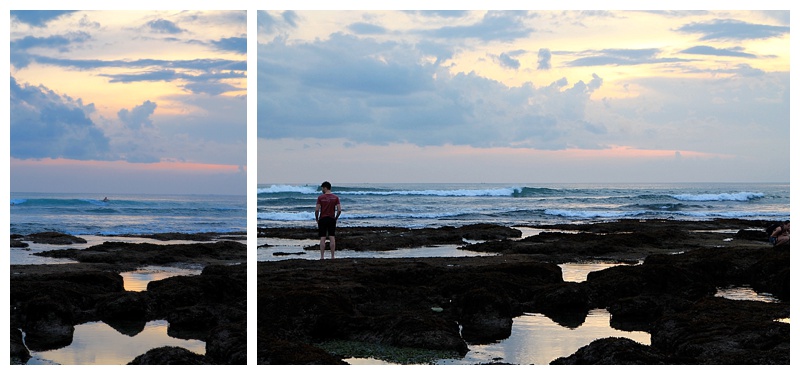

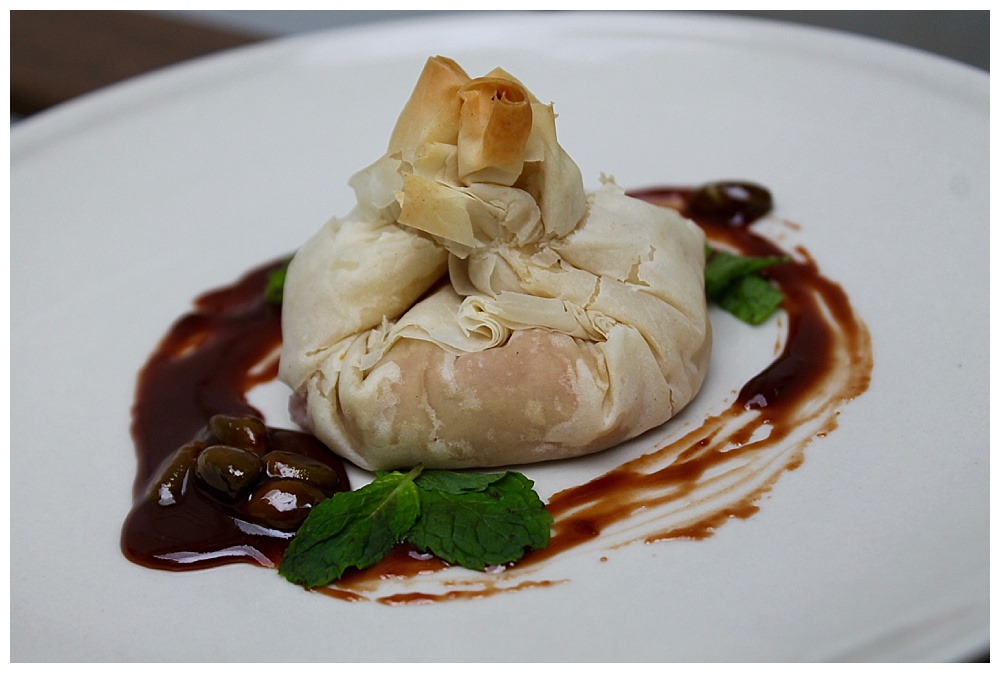
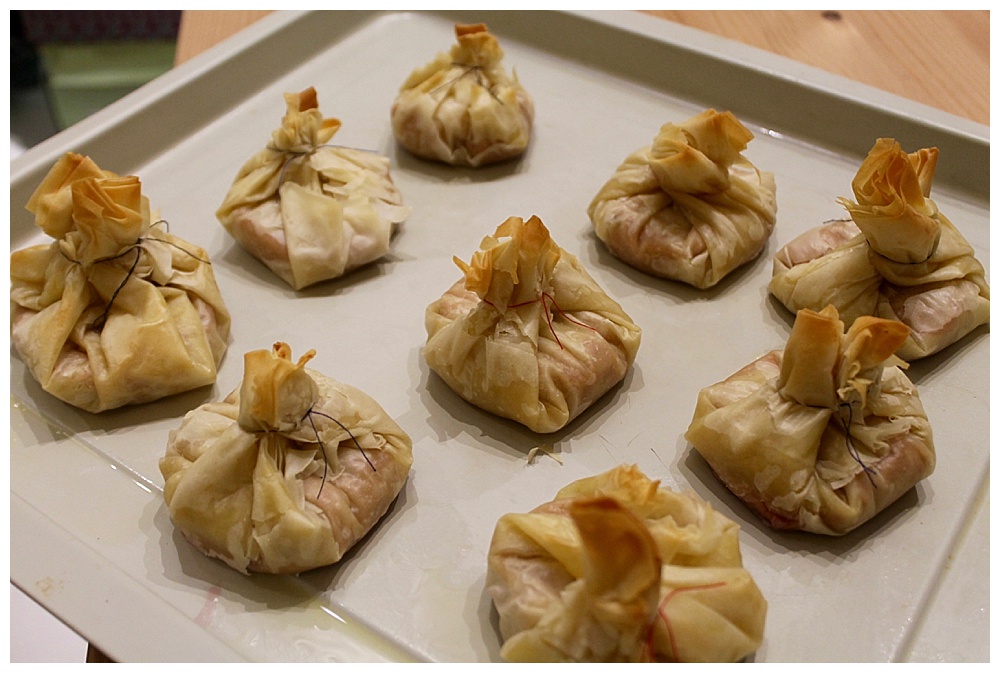

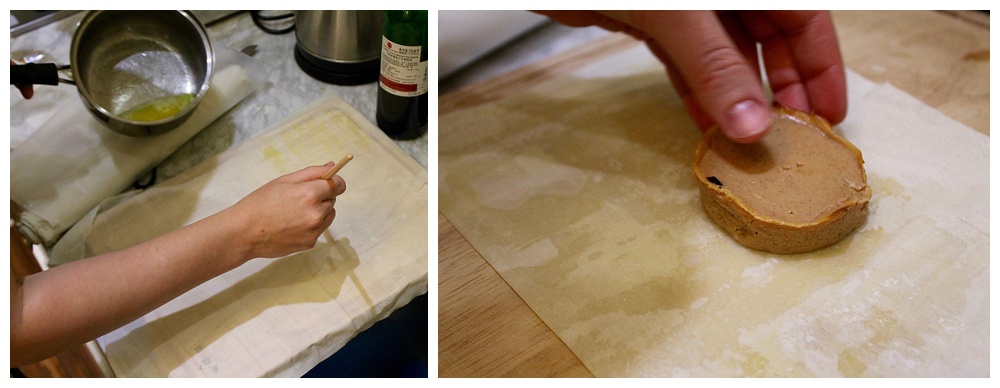




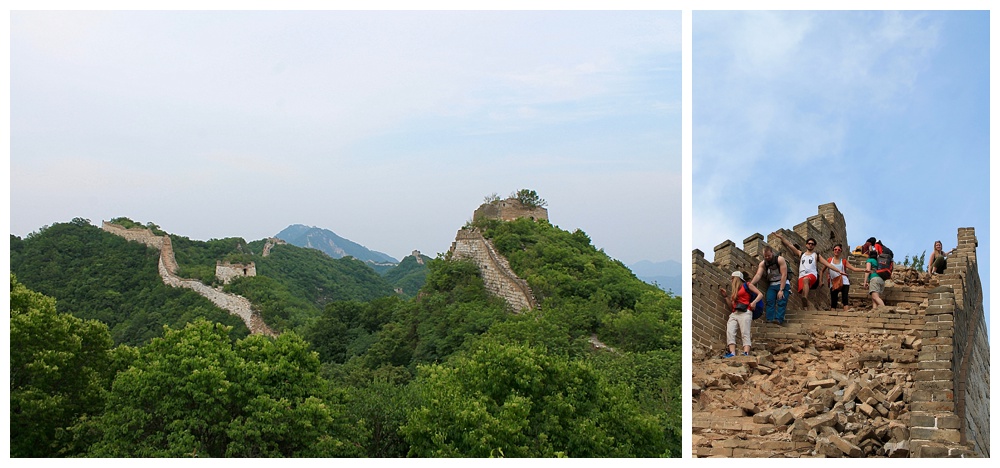
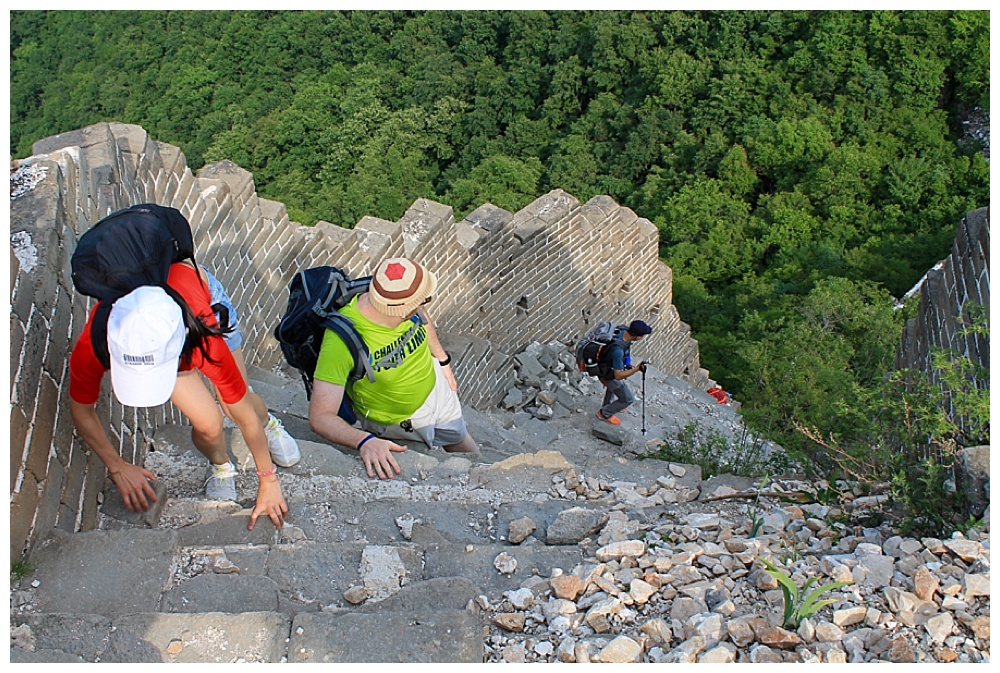
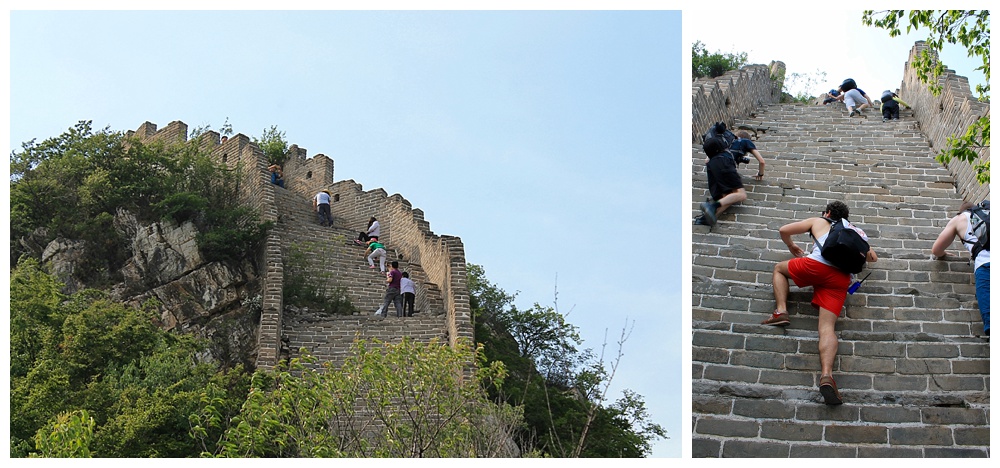
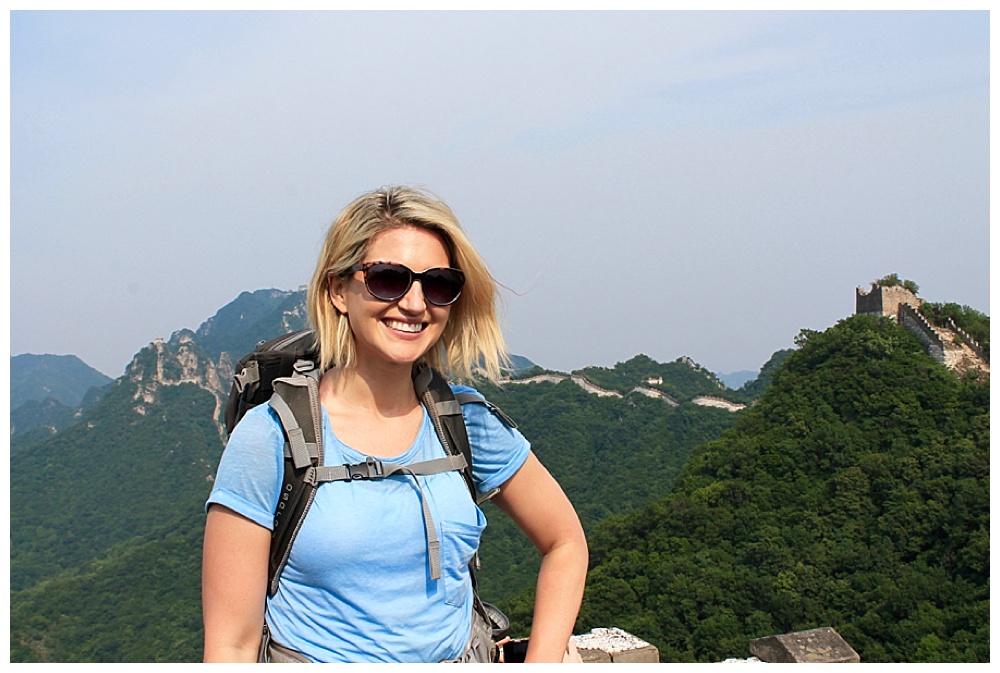


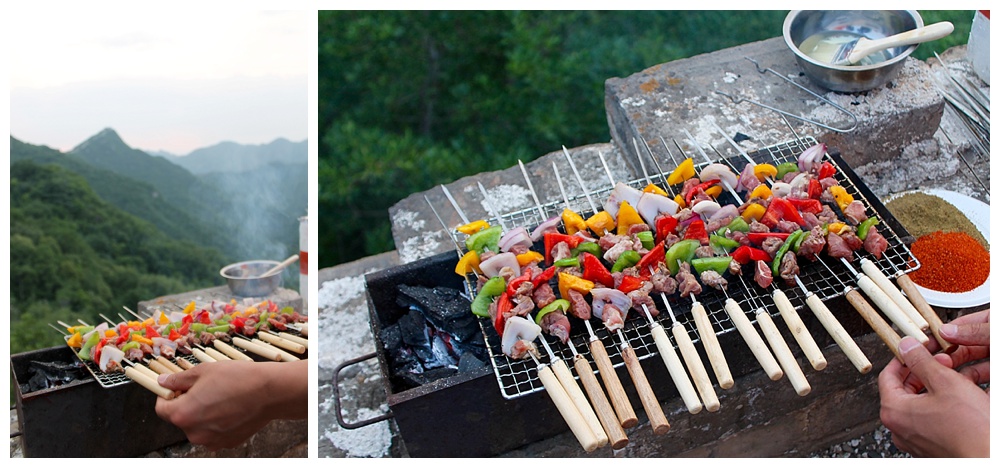
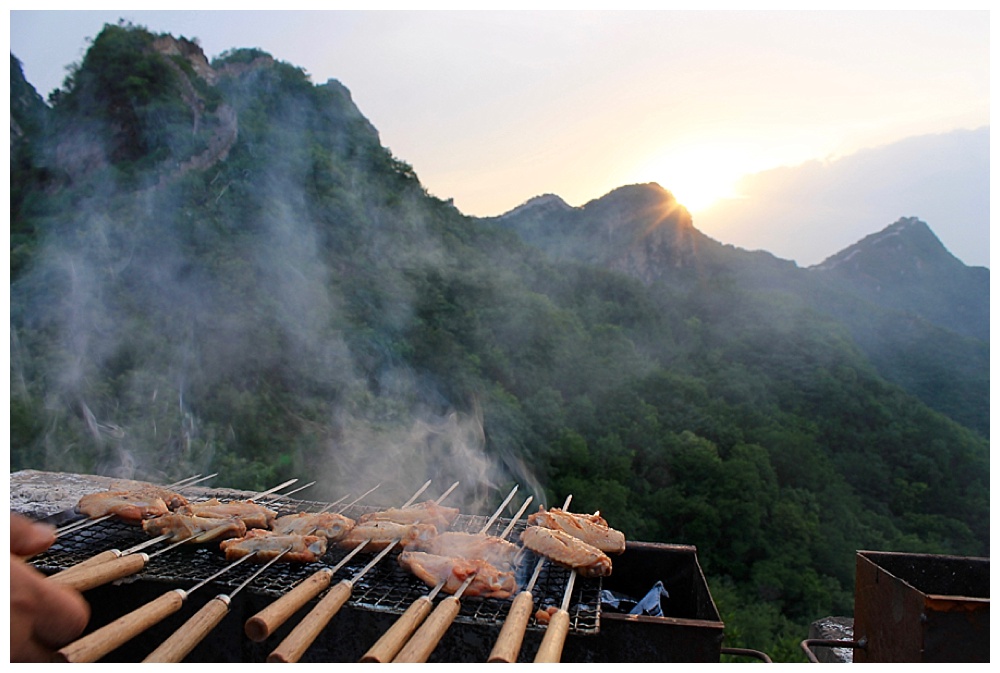
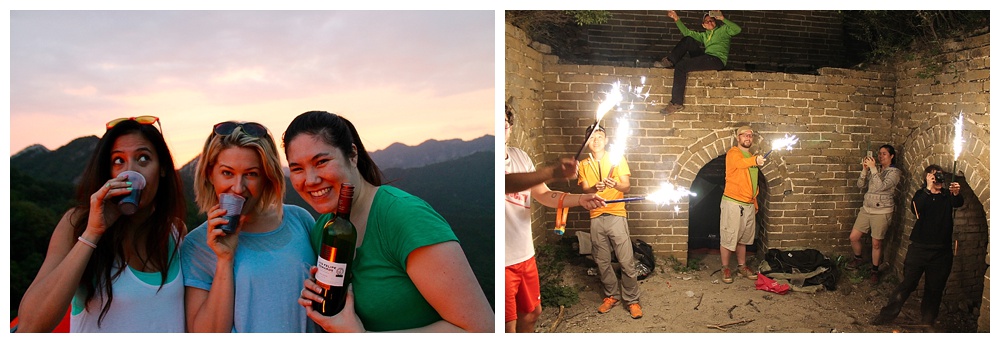

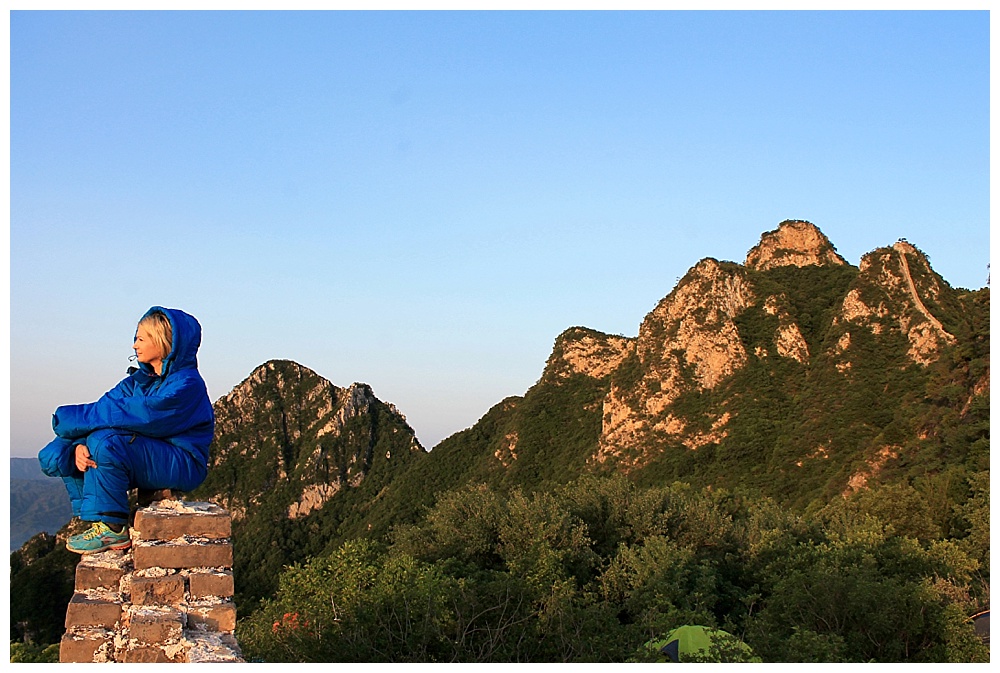
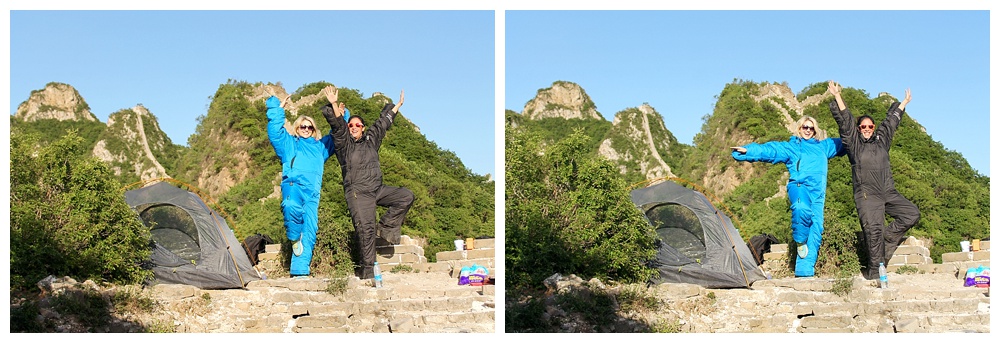

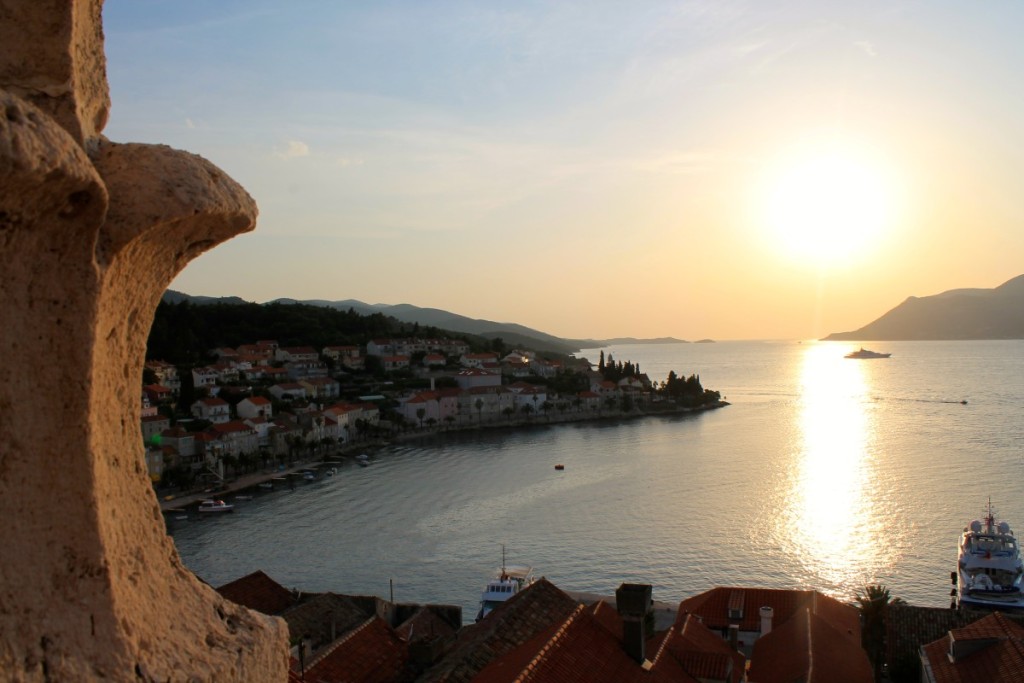





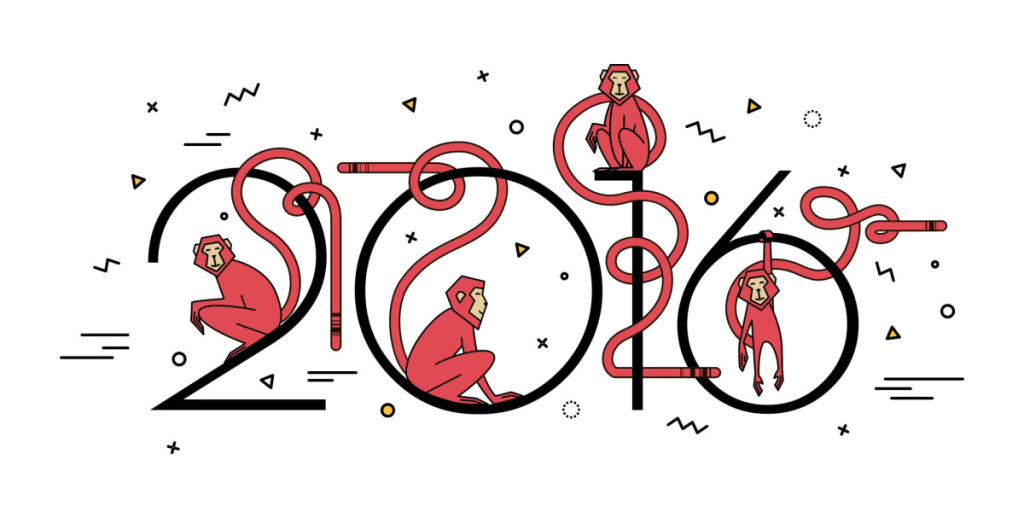






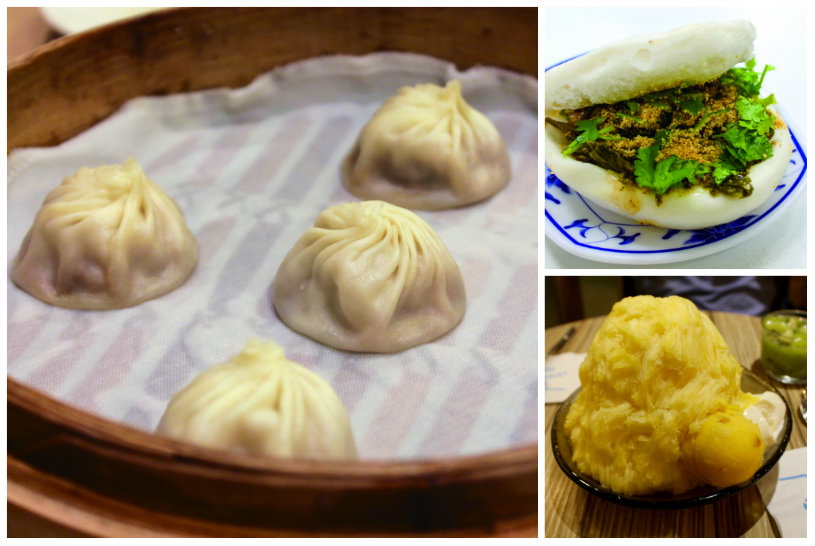


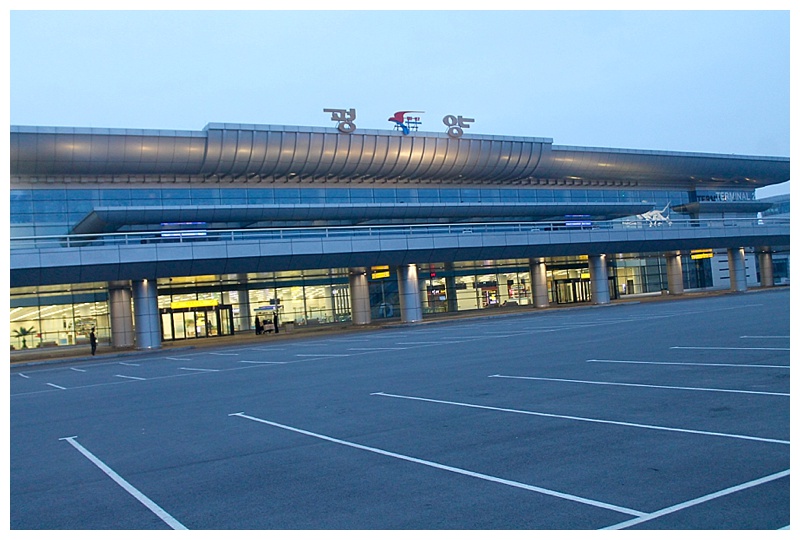


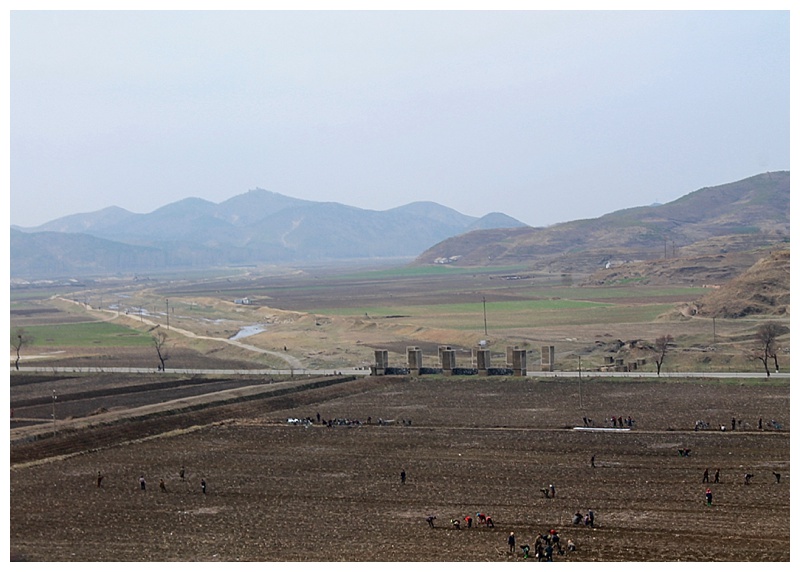



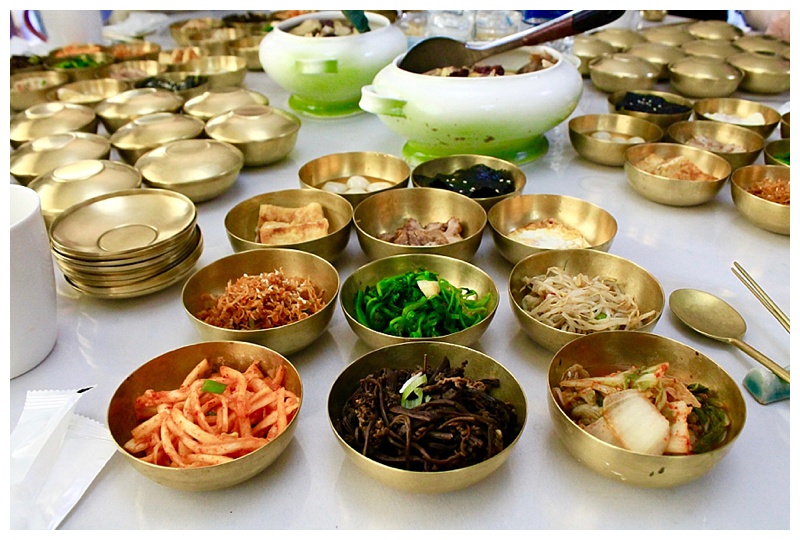



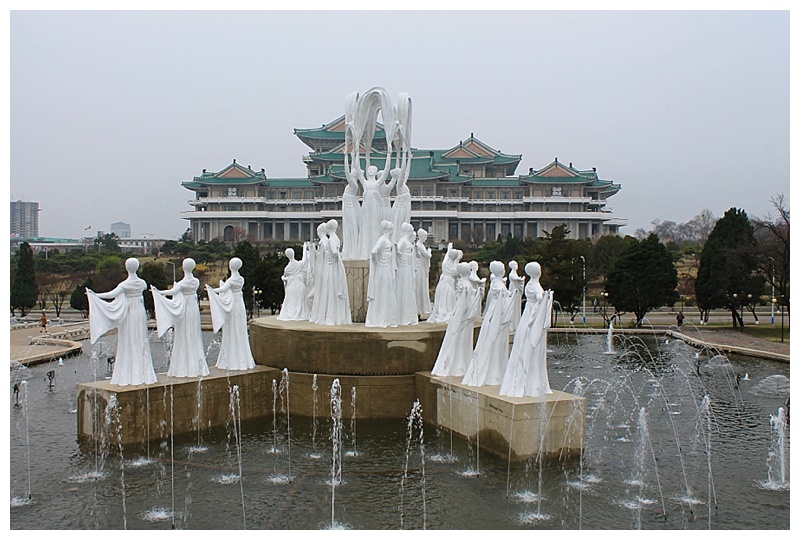
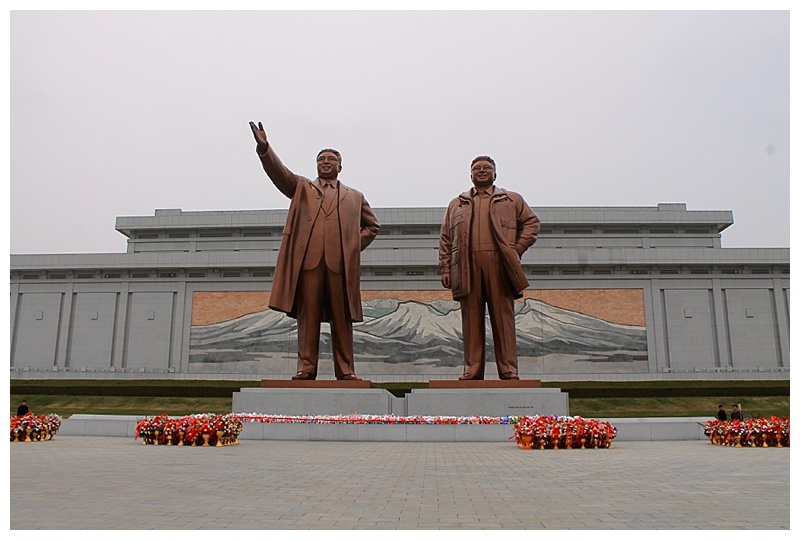
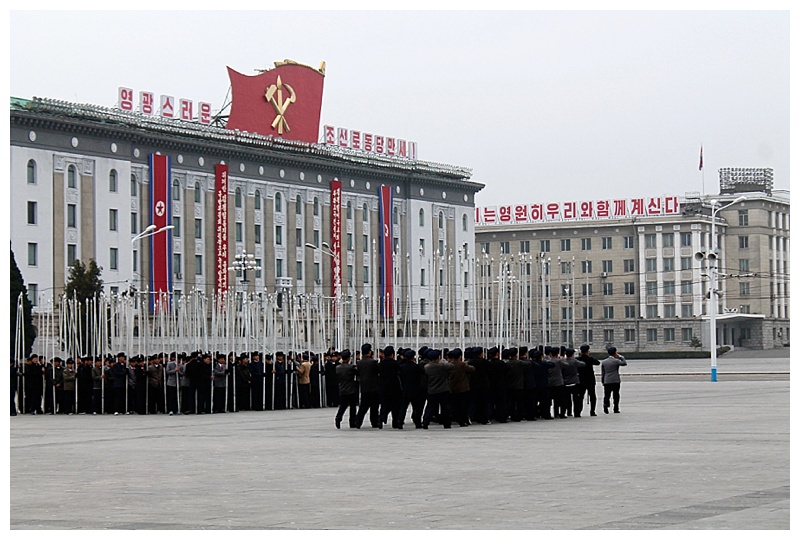



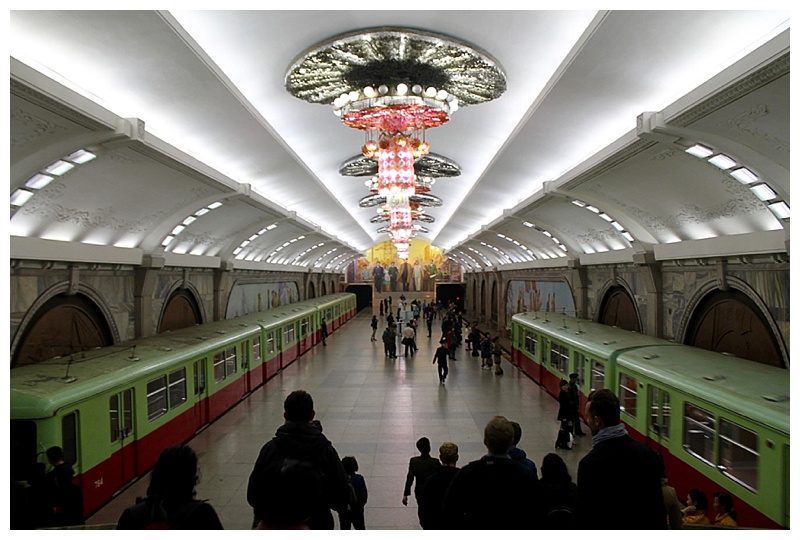
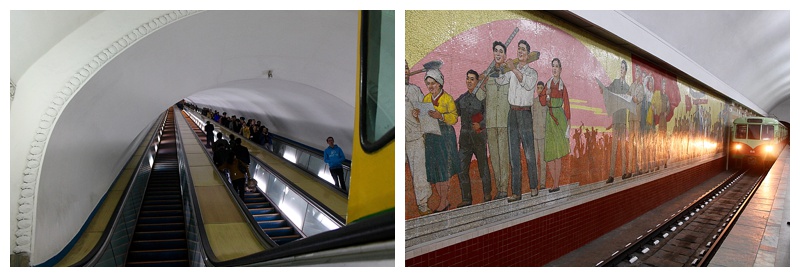

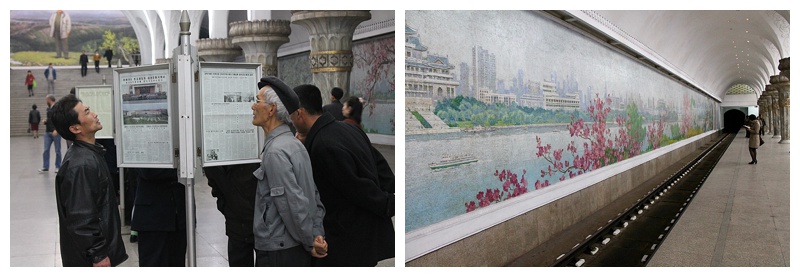

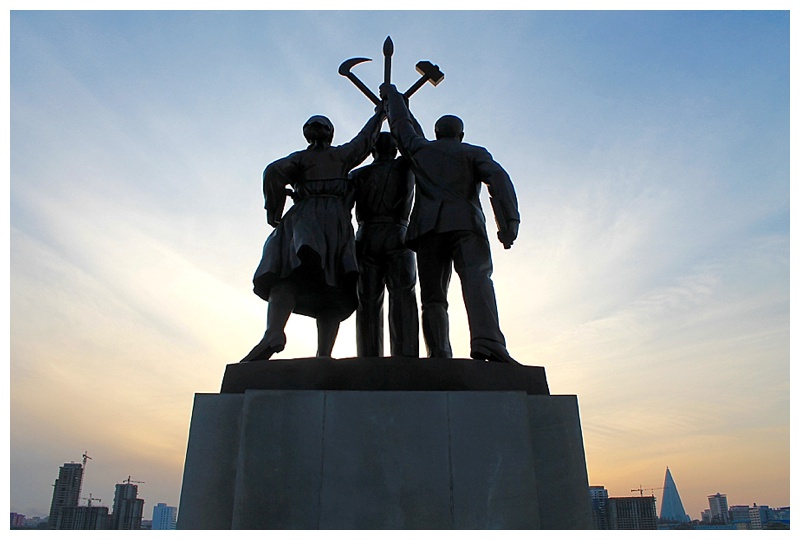
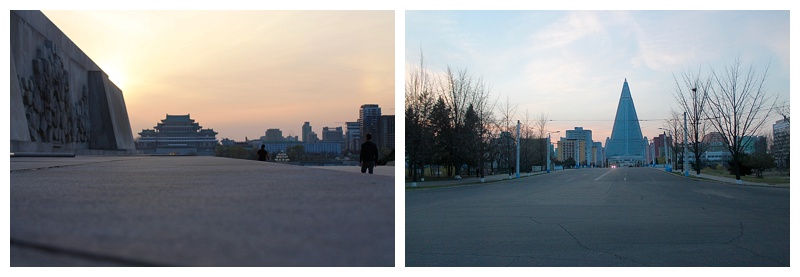


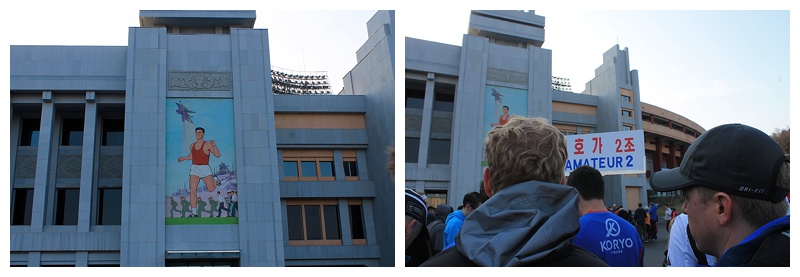


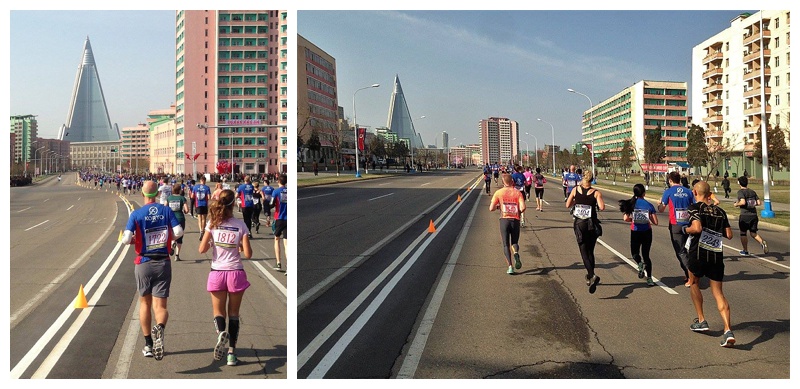
















































 Luke and I stayed at the
Luke and I stayed at the 



































































